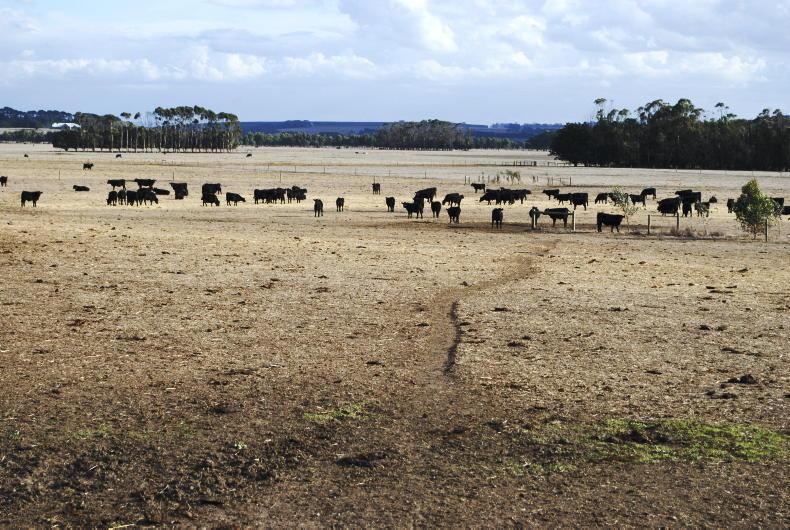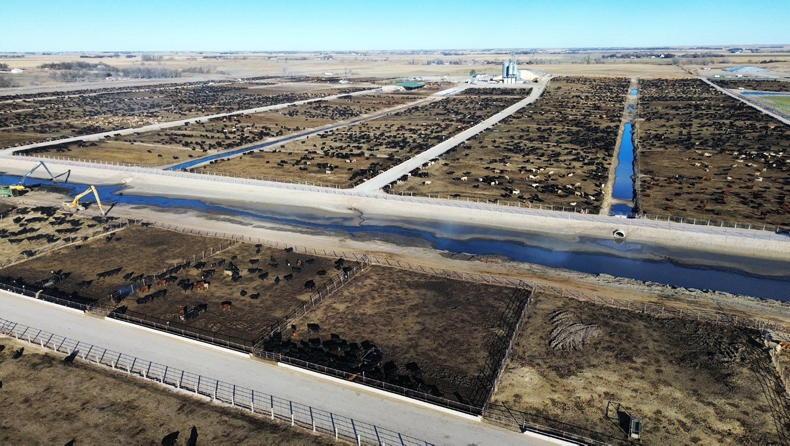With over 85% of the beef produced in Ireland needing to find a market beyond our shores, it is important that we produce a product that has a good eating experience that encourages consumers to purchase Irish beef.
Tenderness and flavour are the two main factors that influence this decision.
While much of the eating experience with beef depends on what happens to the animal post-slaughter and how the meat is cooked, there are also many on-farm factors that can have an influence on the overall eating quality of the beef you produce on your farm.
Research carried out by Teagasc over the years has looked at the extent of the effect of some of these factors.
While many of these differences are subtle and linked to other factors, a summary of the findings for each factor is outlined below.
Breed
The marbling in muscle or intramuscular fat contributes to the eating quality of beef. When the age at slaughter is the same, beef from traditional breeds (Hereford and Angus) is generally more tender than late-maturing breeds.
However, if slaughtered at the same level of carcase fatness (ie late-maturing breeds slaughtered slightly older), there is no difference in breeds for tenderness.
As slaughter age becomes a bigger issue in the years to come, this result may have more of an influence.
Gender
Much has been made of the eating quality of bulls versus steers. However, research carried out by Teagasc has reported only minor differences in eating quality, with striploin from bulls and steers on an ad-lib meal system or a short ad-lib meal finishing phase after a 100-day partial grazing season all meeting an acceptable standard for tenderness, texture and firmness.
While steers scored slightly higher in trained taste test sensory panel results, it was remarked that the differences were too small for the everyday consumer to detect.
Age at slaughter
Age at slaughter has become a big talking point in recent months, as it can help reduce the overall emissions from animal production systems if it can be reduced without having to feed excessive levels of concentrate to compensate for a younger slaughter age.
Again, with bull systems, research would suggest there is little commercially-important differences in the eating quality of bulls aged from 15 months up to 22 months.
In some heifer-finishing experiments, there was an improvement in the overall acceptability of the striploin as the animal got older (but still under 30 months).
Grass v concentrate
With grass playing a huge role in most beef production systems in Ireland, the label 'grass-fed' can command a premium in some markets based on perceived differences in appearance and sensory characteristics.
Beef finished off grass is typically a darker red colour, while the carcase fat is more yellow than that of an animal finished on a high concentrate diet.









SHARING OPTIONS